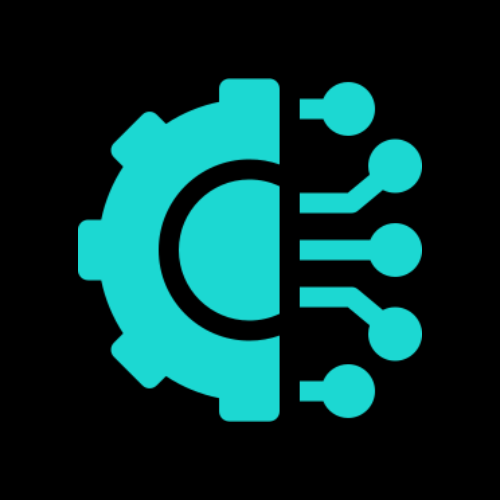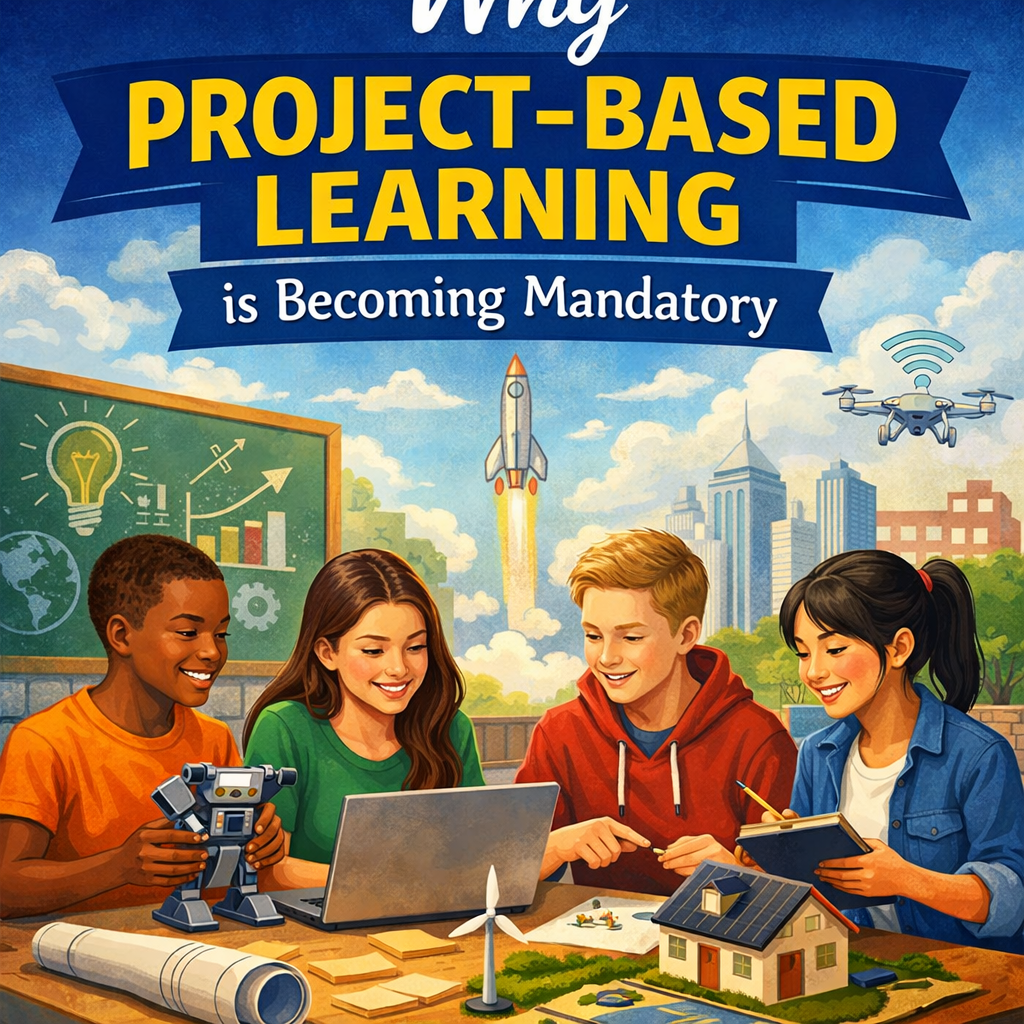Introduction
In today’s digital Era, remote job is no longer a trend; it has become normal. We can work at home or from anywhere with the help of technological advancements, high-speed internet, and online tools. People enjoy the flexibility in work, no stress to go to the office, and reduced commuting stress. It helps to balance work life and improve productivity. It also benefits companies because it means access to a wider talent pool, reduced operational costs, and improved employee satisfaction. As digital tools evolve, remote work is becoming the new normal, reshaping how we define workspaces and professional growth.
What kinds of roles are available in remote job (full-time, freelance, contract)?
- Full-time Remote Roles – These are jobs where you work full-time for a single company, but instead of going to the office, you can work from home or anywhere. Example: Remote software developer, customer support executive, digital marketer.
- Freelance Roles – In freelancing, you choose your own clients, select projects, and set your rates. These can be short-term or long-term projects. Example: Content writing, graphic design, social media management.
- Contract Roles – Contract jobs are for a fixed duration, such as 3 months, 6 months, or a year. Once the project is completed, the contract ends, though sometimes it can be extended. Example: Remote project manager, data analyst, UX designer.
Identifying Your Skills and Niche
Identifying your skills and niche means understanding your strengths, talents, and skills so that you can clearly choose a direction for your career. First, see your post achievements, hobbies, and experience, and decide which task you can do perfectly. Then think about which industry you have an interest in working in. Do market research so that you can understand which skills are in demand. When you are aligning your passion with market demand, then you can choose your niche clearly which is best for your long-term growth.
Soft skills essential for remote job(communication, self-motivation, time management).
These are personal traits and interpersonal abilities. It defines by your style of work and interaction with someone. Examples are Communication, Problem-Solving, Time Management, Teamwork, Leadership, and Emotional Intelligence. Soft skills help you adapt, collaborate, and work efficiently. They are in demand in every industry, whether the role is technical or non-technical.
Optimizing Your Resume and Cover Letter for Remote Job
Tailoring your resume and cover letter is essential during a for remote jobs when job competition is high. Start by carefully reading the job description and including relevant keywords in your resume, especially in the summary, skills, and experience sections. Focus on achievements that match the role. In your cover letter, express a genuine interest in the company, highlight key experience, and explain why you’re a strong fit. Personalize it by addressing the hiring manager (if possible) and mentioning something specific about the company. A customized application shows effort, increases your chances of getting noticed, and helps you stand out in a crowded job market.
If you want to make your cover letter perfect for an interview, then this article is just right for you. The article is titled Mastering the Art of the Cover Letter — click the link to read.
Building a Strong Online Presence
Optimizing LinkedIn profile for remote jobs.
Your LinkedIn profile is your digital first impression — it’s often the first place recruiters and potential employers check before contacting you. To make it effective, start with a professional profile picture and a clear, keyword-rich headline that reflects your role or target position (e.g., “Aspiring Digital Marketer | Content Creator | SEO Enthusiast”).
Let’s see in detail;
Professional Profile Picture
Your profile photo is the first thing people notice. Make sure it’s:
- High quality (clear, not pixelated)
- Professionally dressed
- Friendly and approachable expression
- Clean background
Catchy & Clear Headline
Your headline doesn’t have to be just your job title. Use it to show your value, skills, and target role.
Example:
“ “Content Writer | SEO Specialist | Helping Brands Grow with Engaging Content”
A good headline grabs attention and helps you appear in searches.
Strong About Section (Summary)
This is where you tell your professional story. Use simple language to cover:
- Who you are
- Your top skills and experience
- Your goals or what you’re looking for
- A call to action (e.g., “Open to new opportunities” or “Let’s connect!”)
- Use short paragraphs or bullet points to make it easy to read.
Experience & Roles
Don’t just list job titles — explain what you actually did. For each role:
- Mention your key responsibilities
- Highlight accomplishments
- Add numbers or results when possible.
“Increased blog traffic by 60% in 6 months through SEO strategy and content updates.”
Skills & Endorsements
Add relevant skills to your profile — LinkedIn allows up to 50, but focus on your top 10–15. Ask colleagues or past clients to endorse your top skills to build credibility.
Pro Tip: Match your skills to the jobs you’re targeting.
This section lets you showcase your best work. You can add:
- Articles or blog posts
- Your resume
- Portfolio links
- Certificate
- Key LinkedIn posts
Creating a personal portfolio or website.
Your LinkedIn profile is your digital first impression — it’s often the first place recruiters and potential employers check before contacting you. To make it effective, start with a professional profile picture and a clear, keyword-rich headline that reflects your role or target position (e.g., “Aspiring Digital Marketer | Content Creator | SEO Enthusiast”).
Write a strong summary (About section) that tells your career story — include your skills, achievements, and what kind of opportunities you’re seeking. Make sure to add detailed experience, even if it’s freelance work, internships, or college projects. Use bullet points to describe responsibilities and results clearly.
Also, don’t forget to:
- Customize your LinkedIn URL
- Add relevant skills
- Get endorsements and recommendations from colleagues or mentors
- Stay active by posting, commenting, and engaging with industry-related content
A well-crafted LinkedIn profile doesn’t just represent you — it works for you, 24/7.
Networking on remote job platforms and professional communities.
Finding Remote Job Opportunities
Best job boards and websites for remote job.
Flex Jobs
A trusted platform that offers hand-screened remote, part-time, and freelance jobs across various industries. It’s ideal for professionals looking for flexible work options.
Key features:
- All jobs get checked manually on Flex Jobs – no scams, only trusted and genuine jobs.
- You can easily search for jobs according to location, type, schedule, and industry with the help of a filter.
- Here you can mostly find remote, hybrid, part-time, and freelance jobs.
- You can create your professional profile and resume. You will get suggestions to improve your resume.
- Skill tests, career coaching, guides, and webinars are also available.
Best for:- FlexJobs is best for remote job seekers, freelancers, and anyone looking for flexible, scam-free, and professionally verified work-from-home opportunities.
Remote OK
A simple and user-friendly site that lists tech-focused remote jobs, perfect for developers, designers, and digital marketers.
Key features:
- Remote ok is only for remote jobs – no office jobs.
- You can see all types of jobs: full-time, part-time, freelance, and contract.
- It is a perfect tool for developers, designers, and digital marketers.
- It’s a free platform. Job seekers do not have to log in or subscribe to use it.
- Jobs are checked manually on the platform to avoid scams.
Best for:- Remote OK is best for tech-savvy professionals and freelancers who want legit, flexible, and 100% remote jobs—without paying anything.
We Work Remotely
One of the largest job boards dedicated to remote jobs. It features roles in design, programming, marketing, and more.
Key features:
- This platform is only for remote jobs; you will not find any office jobs. All jobs are 100% remote.
- You can work worldwide from anywhere.
- You don’t have to sign up or pay money to apply for any jobs.
- You can save any jobs to see later and to apply to later.
- Set up email alerts to get notified when new jobs in your field are posted.
Best for:- We Work Remotely is best for job seekers and employers who want easy, trusted access to global remote jobs—no signup, no hassle.
While not remote-specific, LinkedIn has powerful filters that allow you to find remote opportunities. It’s also a great tool for networking and personal branding.
Key features :
- You can connect with the industry experts, recruiters, and professionals.
- You can use your LinkedIn profile as a digital resume.
- You can see all the information about the company and its job openings by following them.
- You can improve your skills through LinkedIn learning courses.
- Find full-time, part-time, remote, and freelance jobs. Set up job alerts based on your interests and location.
Best for:- Job seekers, professionals, freelancers, recruiters, and business owners who want to build their network, showcase skills, apply for jobs, and grow their personal brand in a professional environment.
Upwork
A freelancing platform that connects clients with remote freelancers in writing, design, programming, and more. Best for those who prefer project-based or freelance work.
Key features :
- It is the most popular platform for freelancing projects
- You can see projects for multiple roles
- You get the opportunity to work with a global client
- It gives a secure payment guarantee with the Escrow system
- You can choose projects according to your skills and experience
- Build detailed profiles showcasing your skills, experience, and portfolio.
Best for:- Freelancers who want to offer services in writing, design, tech, marketing, and more.
If you want to learn more about these tools in detail, then you should definitely read the article Best Tools for Remote Jobs to understand them thoroughly and apply them easily.
Leveraging LinkedIn job search filters.
Set filters in the Job section
Set the level and work type to get relevant jobs. Setting filters in the Job section helps you find relevant opportunities quickly. You can narrow results by location, job type, experience level, industry, salary range, and posting date. This ensures you see only suitable openings, saving time and making your job search more focused and efficient.
Using freelance marketplaces (Upwork, Fiverr) for contract-based work.
If you are searching for a full-time job, your time doesn’t have to be spent only on sending a resume; you should also invest in creating a network. And freelancing is a smart method to gain experience and to connect with valuable people. Through these, you can show your real value to people.
Like –
Content writers can write for any blog or social media.
A graphic designer can create designs for any local campaign.
Freelancing – connect with real clients in less time.
Freelancing platforms (such as Upwork, Fiverr, LinkedIn, or even referrals) allow you to do short-term projects. When you work for someone, you become a trusted contact who can refer you to someone or give you more work. You can gain experience, build a portfolio, and build long-term relationships through freelancing.
Freelancing don’t just help you build your resume — they help you build a powerful, engaged professional network.
You’re seen as someone proactive and skilled, which makes a lasting impression on potential employers and collaborators.
Platforms to explore.
To start freelancing, you have to find clients. And to find clients, you should know about right platforms such as;
- Upwork – It is a global freelancing platform, where you can do projects related to content writing, design, development, marketing, and multiple categories.
- Fiverr – Here you can create ‘gigs’ to sell your services, starting at $5. It is good for beginners because here clients directly approach you.
- Toptal – It is for high-end clients and top freelancers – mostly for tech, design, and finance professionals. Selection process is tough, but payment rates are high.
Conclusion
This was all about how to land a remote job and the essential steps. In this article, you learned many things such as what kinds of roles are available remotely, how to identify your skills and niche, what soft skills are and why they are important for remote work, how to optimize your resume and cover letter, building your online presence, creating a personal portfolio, and some tools that will help you find a remote job. Keeping all these points in mind, you should start searching for a remote job and build a successful career for yourself without depending on anyone else.







Leave a Reply